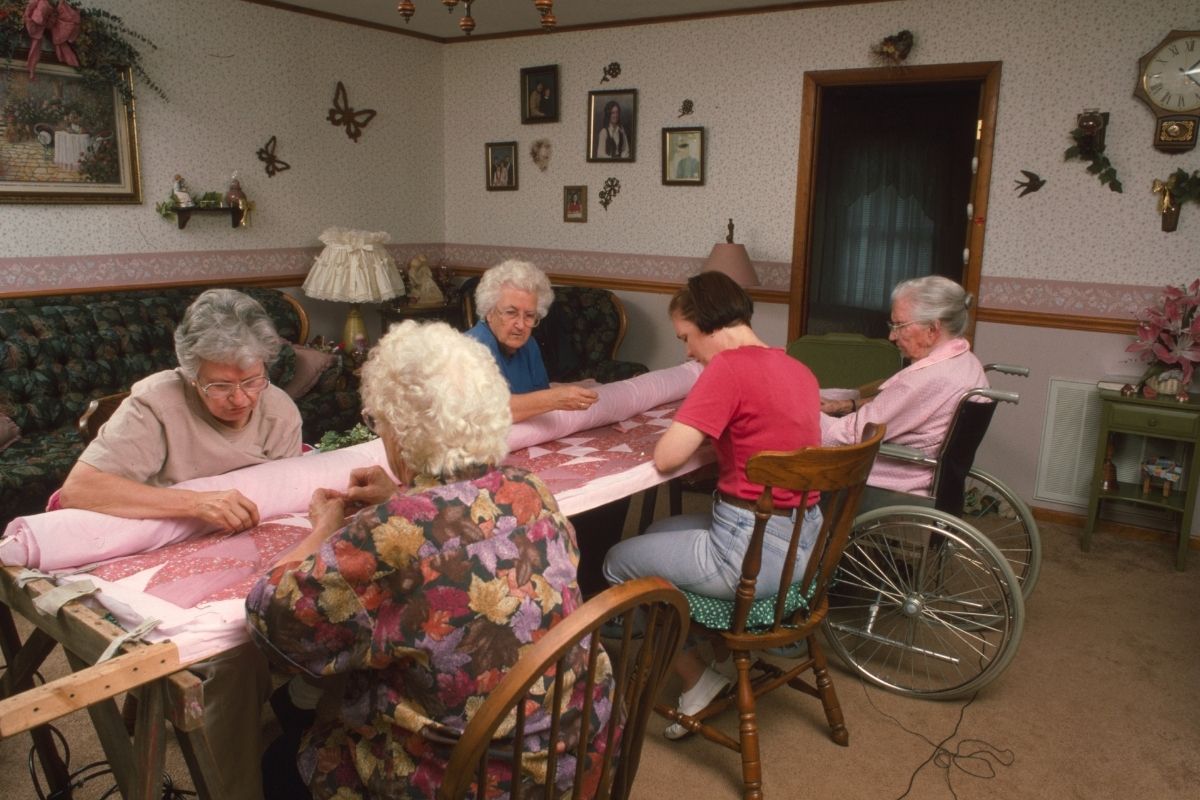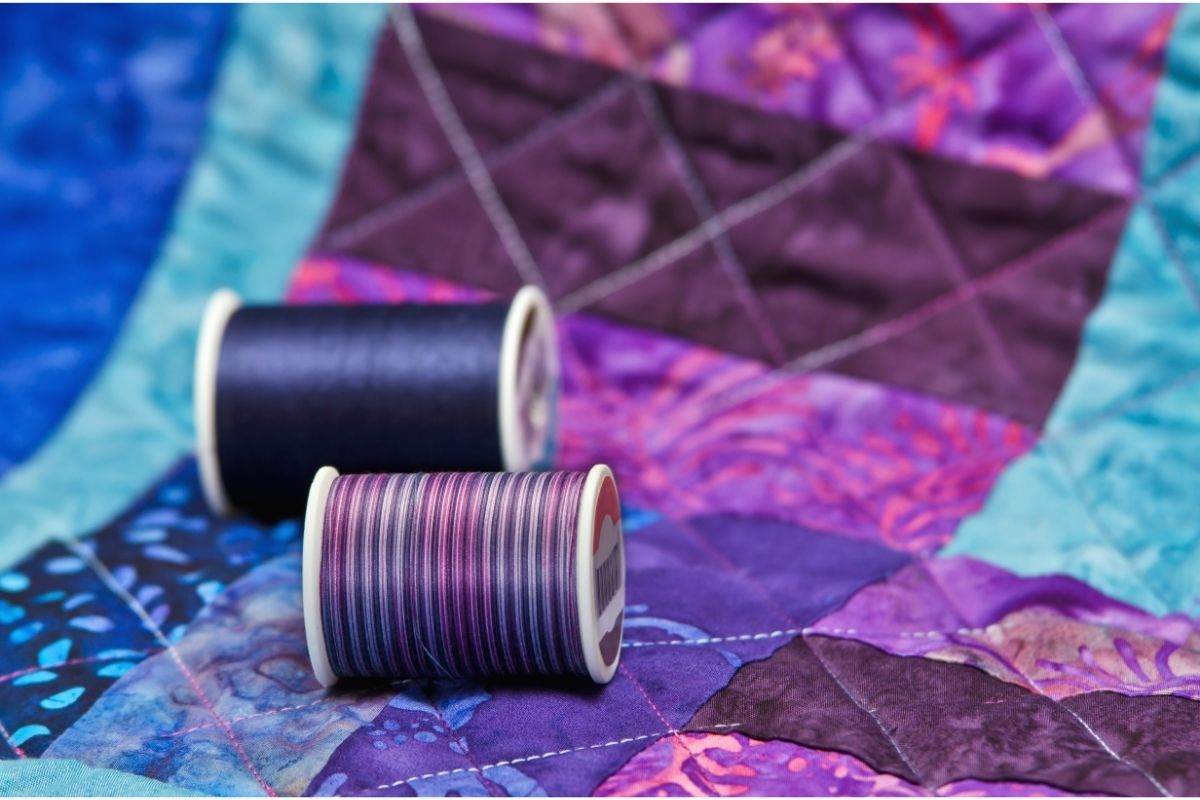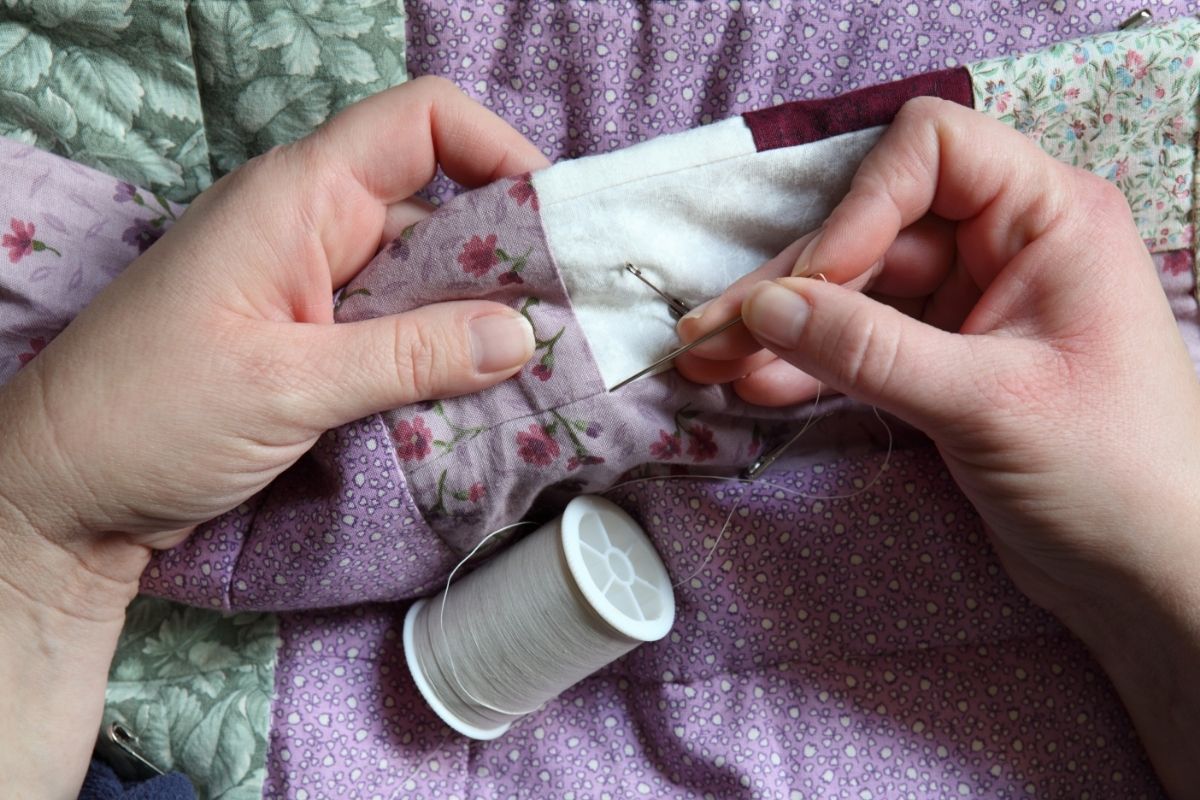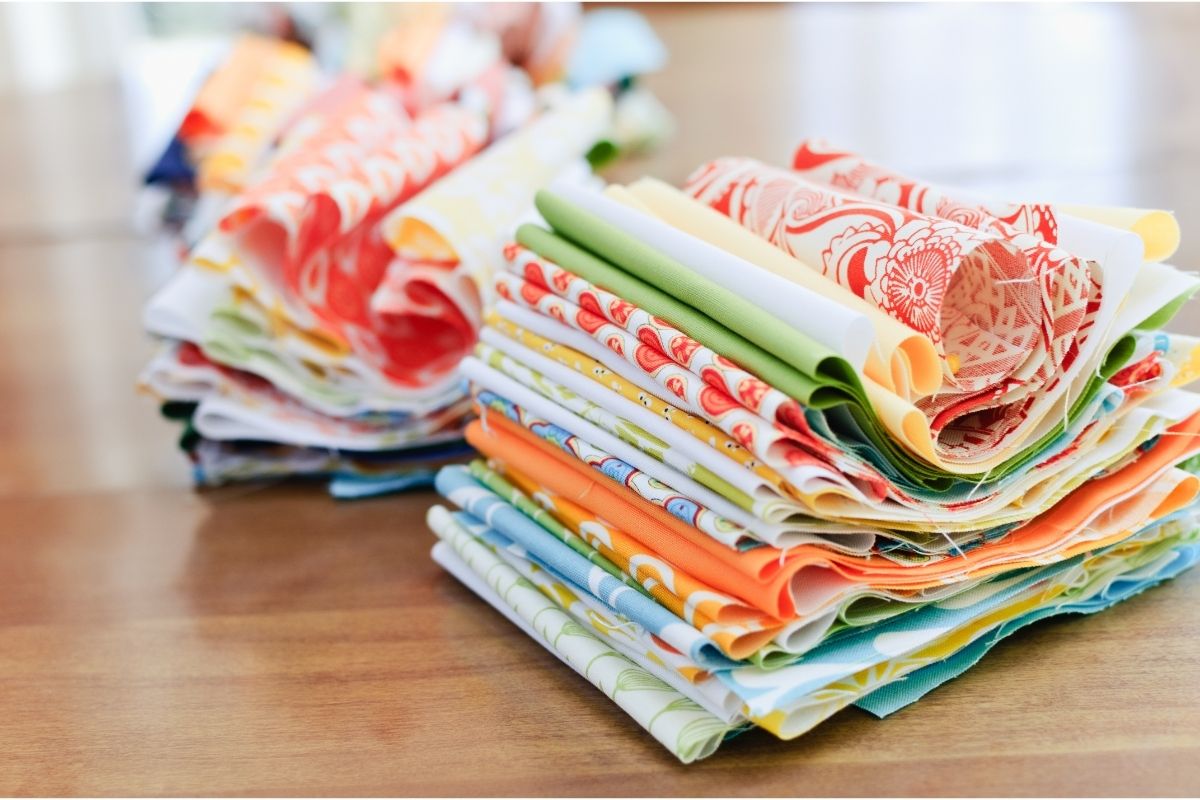If you have ever driven across the rural Midwest of America, you will have probably seen old barns littering the green, flat countryside. Oftentimes, these structures have been around for generations – having been built by grandparents or great grandparents.
Originally, these buildings were used to house farm equipment or livestock (usually cows – the dairy industry is alive and well in the Midwest). Though today some are still part working farms, others have been left to the countryside.
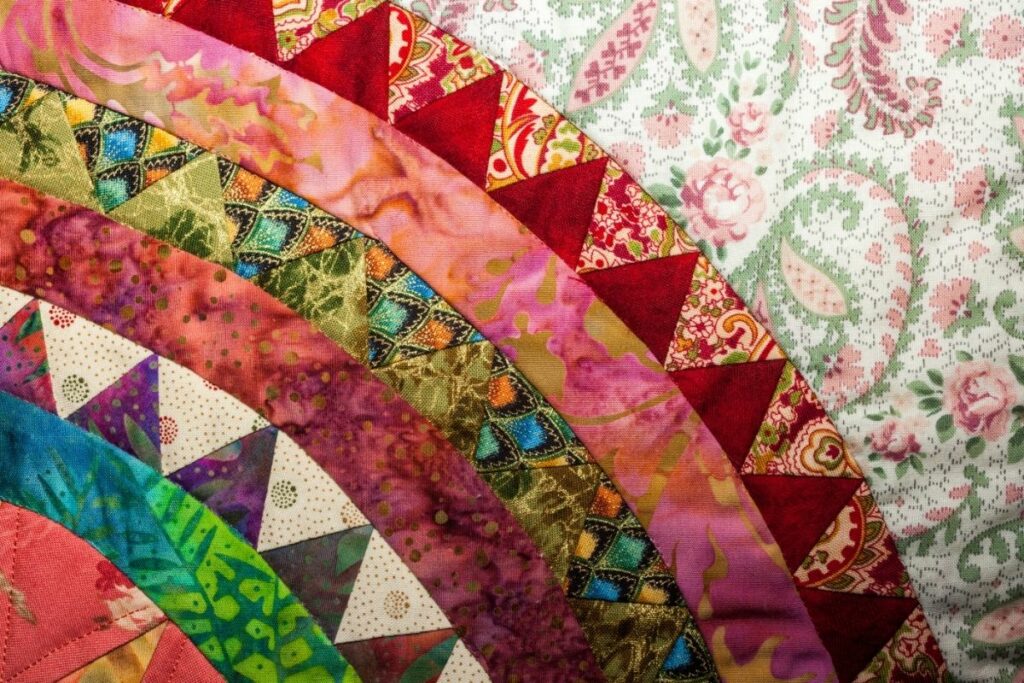
Occasionally, you may even come across one which has been turned into chic accommodation – for the more chic and Bohemian amongst us.
If you are familiar with Midwestern barns, then you are likely to also be familiar with colorful squares, diamonds and rectangles that often adorn the sides of these buildings.
These are great big colorful versions of traditional quilt patterns. If you have seen one of these barn quilts for the first time, you are likely wondering what exactly they are, their cultural significance, and who makes them.
We have written this informative article to help guide you through all of these questions, and how important they are to the spirit of country pride. Read on to learn more about this beautiful form of folk art.
The Definition of a Barn Quilt
Barn quilts are a folk art form that first appeared in the Midwest Region of the United States. Often, they are made from painted wood that is attached to the front of the barn, but they are also found made out of other materials such as metal, or even printed onto plastic.
Patterns are painted onto wooden planks, often by a whole community. They are made to last, and will stay on the face of the barn for years to come.
As they are made by family and communities, they are seen as a totally homegrown folk art form that is completely emblematic of true Americana. They combine a lot of important concepts that will spring to mind when you think of the real lifeblood of the US.
Think of farming, road trips, and cozy homemade quilts. You will be able to spot barn quilts all the way from Ohio to Canada.
Though they started out as a small community art project, they are now recognized as a unique and meaningful form of craft, art, and design. They are made up of scraps – leftover wood, leftover paint – by the whole family. They effortlessly marry the community with recycling and art.
Why are Barn Quilts So Special?
This barn quilt is a special form of art that is heartily intertwined with Americana art, and is married to America in the past. A barn quilt would not be remiss in the Kansas from ‘The Wizard of Oz’, or in the Oklahoma from Steinbeck’s ‘The Grapes of Wrath’.
People often travel hundreds of miles to see these emblematic pieces of art. They have become so popular with tourists and locals alike that there are not ‘quilt trails’ where multiple pieces of art are situated along a simple and scenic route, which entice travelers and quilt fanatics into the area.
Barn quilts are popular enough to have become a staple of the tourism industry in small Midwestern towns, helping to keep diners, shops and cafés that are along the road in business and thriving.
They are utterly handmade – and it can take months to achieve and perfect their intricate designs. You first have to make and prepare the base – typically a wooden board made out of multiple different planks, and then painting this prepped base with a beautiful traditional quilt design, in traditional Midwestern Americana colors.
What Meaning Do Barn Quilts Have?
Barn quilts can have a few different meanings, though the most common representation is the story of the family that has made them.
Some can represent the entire community that came together to craft one – such as a devout church, a beloved reading group, or a group of workers.
Basically, any group of people that can get together to make a barn quilt can be the meaning behind it – just the act of making something together and taking time to connect and create can imbue the art with meaning.
Whenever you see a barn quilt, you should know that it symbolized connection and friendship in the spread out, sometimes barren landscapes of the rural Midwest.
The History of The Barn Quilt
Barn quilts that we know and love today were invented by a dedicated and creative quilter from Ohio – Donna Sue Groves.
They originated as a game she played as a child, where she would count barns when on road trips from her parent’s house in Ohio to her grandparent’s house in West Virginia. Every time she saw a novel building, she would determine the amount of points that it was worth.
Barns that were covered in artwork and adverts had more points than plainer barns, but barns that had hex signs were worth the most.
Hex signs hail from Dutch art, and at first were most common in Pennsylvania, though have since spread. They appear as a star in an enclosed star, flower, or other pretty emblem (a lot like our beloved barn quilts).
This fostered an appreciation of Midwestern barns in Donna Sue, as well as a want to make them more visually interesting, and improve the way that they look. The first barn quilt was used to improve a tobacco barn that Donna Sue’s family owned.
The first pattern was suggested by her mother – but they took off, and the whole community around the tobacco barn started to make these quilts.
Now, throughout the Midwest, they are used to brighten barns and softly rolling hills. Many are sent as gifts, or even used to advertise their services and products.
Barn Quilt Trails
Donna Sue became a really important part of the Arts Council in Ohio – and she used this position to bolster the frequency of barn quilts across the countryside, reasoning that they were integrally important to a sense of country community pride.
Donna Sue also saw that they helped to attract tourists to towns that had previously only had minimal visitors. Her mission became to create trails of these barn quilts across the state.
Thankfully for barn quilt lovers, The Arts Council loved the ideas, and bought into it wholeheartedly, believing that both locals and tourists would love it.
They started schemes to paint more barns with these symbolic emblems. Now, there are over 40 States that have trails of barn quilts for visitors to see. These trails all follow guidelines that were set up by the Adams County Council, with each state having a different theme.
There are communities dedicated to making barn quilts in 43 States. Search for your local council website to find out where the nearest barn quilt trail is around you.
How to Make Your Own Barn Quilt
Typically, a barn quilt is 8 foot by 8 foot in height and width. They are most commonly made out of plywood, due to its availability, and cost effective nature, but you can join together scrap planks to make your own barn quilt too.
Once you have a large enough piece of wood, paint it a base color, and then sketch out your quilt design onto it, and paint it with your loved ones. Seal the wood and paint with a clear coat, and then attack it to your barn with secure screws and bolts.
Making your own barn quilt can cost anywhere between $50 and $300, depending on the size, complexity of design, and how much you can reuse that you already have lying around.
Without having to purchase wood or paint, you can manufacture a gorgeous barn quilt for free!
How Many Barn Quilts Are There?
It is estimated that there are around 7000 barn quilts that have been painted as part of an organized trail, though no firm numbers exist.
There are probably hundreds or thousands more scattered around through the countryside on top of that, as it is difficult to run a coordinated and thorough count. There are barn quilts all over – just waiting to be discovered by eager Americana Quilt lovers.
Final Thoughts
In conclusion, barn quilts are an important part of the Midwestern folk art scene, and people travel from far and wide to come and see quilt trails around the countryside. They are a wonderful form of folk art that display community, connection and creativity for everyone to see.
- How to Cut Quilt Pieces - April 25, 2022
- Your Simple Guide To Quilt Sizes - April 25, 2022
- How To Join A Quilt With Diagonal Seam - April 25, 2022

